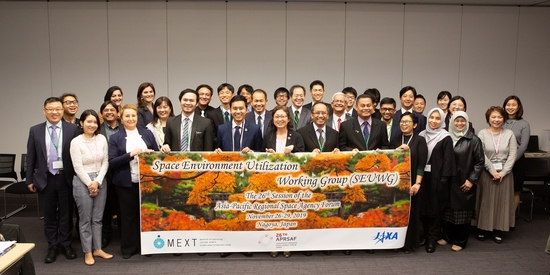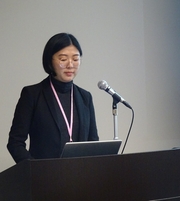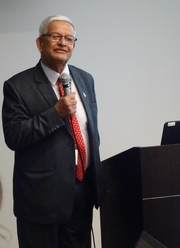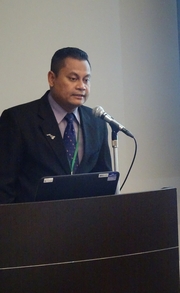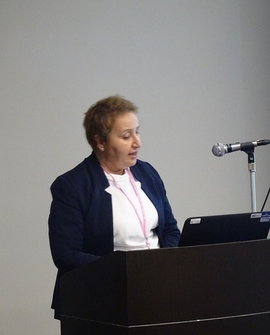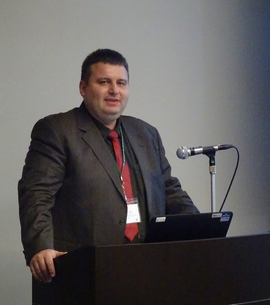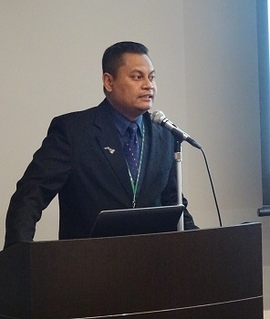This is an archive of information released in the past.
Disclaimer: It may contain broken links or outdated information. Some parts may not function in current web browsers.
*Visit https://humans-in-space.jaxa.jp/en/ for the latest information.

Report from Space Environment Utilization Working Group (SEUWG) at the 26th APRSAF, in Japan

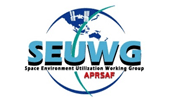
The 26th session of the Asia-Pacific Regional Space Agency Forum (APRSAF-26) was successfully convened in Nagoya, Japan from November 26 to 29, 2019. The Space Environment Utilization Working Group (SEUWG) [PDF: 88KB] was co-chaired by Dr. Damrongrit Niammuad from GISTDA and Ms. Shiho OGAWA from JAXA.
During SEUWG's Summary Report of the plenary session, Dr. Damrongrit Niammuad from GISTDA reported that 2 space agencies had joined Kibo-ABC: Australia and New Zealand. He also described the great activities of Kibo utilization in Asian countries. In the same report, Kibo utilization activities were mentioned as upcoming opportunities such as cube sat released from J-SSOD, ExHAM/i-SEEP experiment using "Kibo" exposed facility, microgravity experiment, and technical demonstration toward Moon and Mars exploration. Kibo-ABC activities were also mentioned by Dr. Thomas Djamaluddin, Chairman of LAPAN, and Dr. Anond Snidvongs, Executive Director of GISTDA. APRSAF-26 was successfully completed with the strong support of the participants.
Summary of the SEUWG: 6-7th November, 2018
The SEUWG took place with 98 participants from 14 countries/region. The event started with country reports from Australia, New Zealand, UAE, Indonesia, Malaysia, Thailand, Singapore, and Japan.
Following the country reports, we actively discussed various topics such as experiments using the new usage systems of ExHAM, i-SEEP, and Kibo Exposed Facility represented by CubeSat deployment from J-SSOD.
Fig 3.
Left: Ms. Gillian Chin from SSTA gave a presentation on SpooQy-1 to be released from ISS/Kibo.
Middle: Mr. Krishna Raj Adhikary from NESARC gave a presentation on Nepali Satellite-1 to be deployed from ISS/Kibo.
Right: Mr. Mohd Helmy Hashim from MYSA gave a presentation on SOFPADS using ExHAM.
(Credit: JAXA/NASA)
Fig 4. Dr. Nilgun Baydogan from Istanbul Technical University gave a presentation on The behavior of electron beam on Poly(methyl methacrylate) and composites related to ExHAM experiment. (Credit: JAXA)
Fig 4. Dr. Tayfun BEL from Belpico Havacilik ve Uzay Teknolojileri ARGE gave a presentation on Turkish experiences using ISS/KIBO. (Credit: JAXA)
Prof. Shinichi NAKASUKA from the University of Tokyo presented the keynote "ISS Contributions to Educational Use of Space". He introduced the development of nano satellites and Kibo Robot Programming Challenge (Kibo-RPC), and explained ISS contributions to the utilization of space for educational purposes. He also introduced future opportunities for using "Kibo" exposed facility, such as the connection of the lunar explorer CubeSat to the ISS and G-Satellite released from Kibo. Participants recognized the benefits of ISS used for space education through presentations. After the keynote speech, JAXA, NASA and the Kibo-RPC secretariat staff introduced Kibo-RPC, one of the special sessions of the SEUWG this year.
On the second day, a report on the protein crystallization experiment was given by Dr. Izumi YOSHIZAKI from JAXA, Dr. Ammarin Pimnoo from GISTDA and Mr. Paritat Theanthong from NSTDA, and the experiment data was handed over to GISTDA.
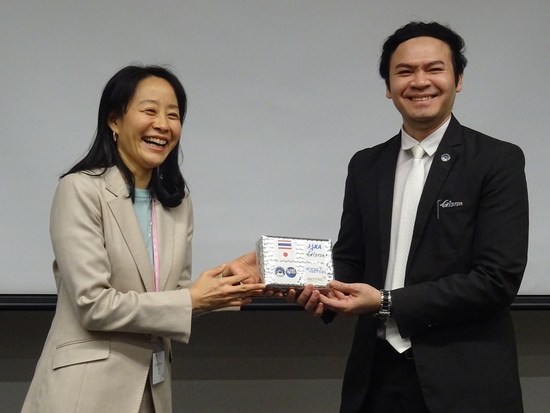
Fig 6. Dr. YOSHIZAKI, JAXA (left) handed over the data to Dr. Pimnoo, GISTDA (right). (Credit: JAXA)
During this year's special session at the SEUWG, various speakers discussed the ISS as a technical demonstration platform for exploring the Moon and Mars. First, JAXA engineers introduced their activities using ISS/Kibo, and then Dr. Naomi KATAYAMA of Nagoya Women's University talked about the importance of herbs in food for space. Next, Mr. Mohd Helmy Hashim (MYSA), Ms. Mariam Al Zarouni (MBRSC), Dr. Ammarin Pimnoo (GISTDA), and Mr. Murayama Kazutaka (JAXA) introduced Space food development for manned space activities in their respective countries.
Fig 7. Dr. Naomi KATAYAMA from Nagoya Women's University gave a presentation on how herbs are essential for space foods. (Credit: JAXA)
Fig 7. Mr. Mohd Helmy Hashim from MYSA gave a presentation on Malaysian food in space- experience of a Malaysian astronaut. (Credit: JAXA)
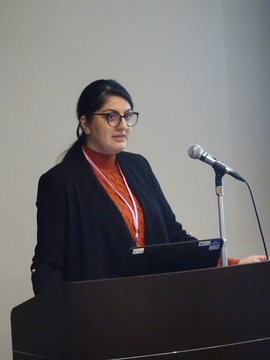
Fig 8. Ms. Mariam Al Zarouni from MBRSC gave a presentation on the Experience of Emirati Astronaut mission. (Credit: JAXA)
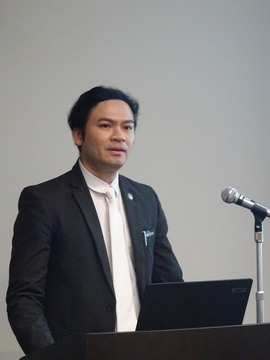
Fig 8. Dr. Ammarin Pimnoo from GISTDA gave a presentation on GISTDA's Roadmap to Space Settlement. (Credit: JAXA)
The result of the SEUWG was reported by Co-Chairs at the plenary session of the APRSAF-26 on November 28, 2019.
- Program [PDF: 277KB]
Summary Report [PDF: 3.1 MB]
| Copyright 2007 Japan Aerospace Exploration Agency | Site Policy |


